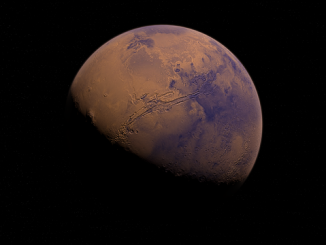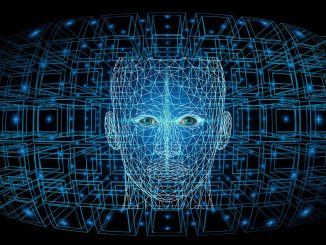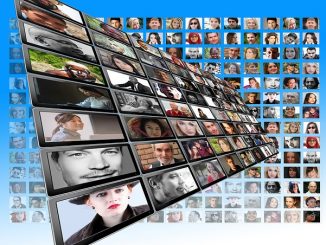Mathematician Terence Tao says AI is already being used to automate mathematical proofs and eventually you will simply dictate a proof to an AI and it will tell you if it can be formally verified pic.twitter.com/Ne7TmGW1Wj
— Tsarathustra (@tsarnick) August 8, 2024
In the rapidly evolving landscape of artificial intelligence (AI), one of the most intriguing frontiers is the intersection of AI and mathematics.
Terry Tao, a renowned professor of mathematics at the University of California, Los Angeles (UCLA) and one of the world’s leading mathematicians, has shared his insights on how AI is poised to transform the way we approach mathematical proofs.
Tao envisions a future where AI will play a pivotal role in the process of generating mathematical proofs.
“We are beginning to use AI to fill in little, little steps of these proofs automatically,” he explains, “but over time, I think we will be able to not just do one-line proofs, but two-line proofs, three-line proofs automatically, through AI.”
This shift towards AI-assisted proof generation holds the promise of increased efficiency and accuracy. Tao suggests that the future of mathematical proofs may involve a collaborative process, where mathematicians “dictate it to an AI like it was a student who asked questions or tried to.” The AI would then formally verify each step, iterating with the mathematician until the proof is complete.
“I think it will be faster than doing math the traditional way,” Tao asserts. This streamlined approach could revolutionize the way mathematicians work, allowing them to focus on the conceptual aspects of their research rather than the tedious task of manual proof-writing.
Moreover, Tao highlights the benefits of using AI in modifying existing proofs. “If you want to change the proof a little bit, to change a little part of the hypothesis, usually you have to change every single line and you make lots of mistakes doing that.
Actually, already even with the current technology, it’s much faster to change a little bit of the parameter and proof, and you can guarantee that you make no mistakes and you change only the lines that need to be changes. It’s actually much more convenient to do it formally.”
As the capabilities of AI continue to evolve, the integration of these technologies into the world of mathematics promises to unlock new possibilities for mathematical discovery and exploration.
Tao’s vision of a future where AI and mathematicians collaborate seamlessly to generate and refine proofs represents an exciting frontier that could forever change the way we approach the field of mathematics.
- Bulenox: Get 45% to 91% OFF ... Use Discount Code: UNO
- Risk Our Money Not Yours | Get 50% to 90% OFF ... Use Discount Code: MMBVBKSM
Disclaimer: This page contains affiliate links. If you choose to make a purchase after clicking a link, we may receive a commission at no additional cost to you. Thank you for your support!




Leave a Reply